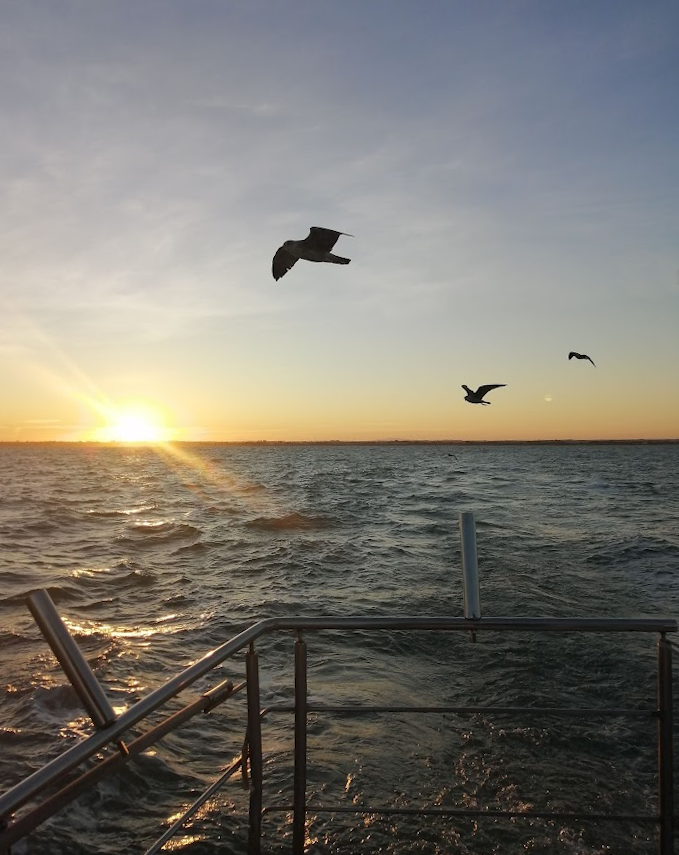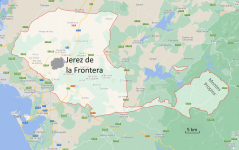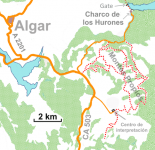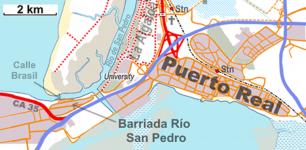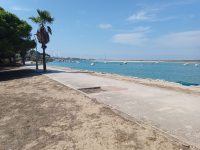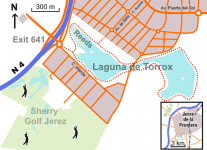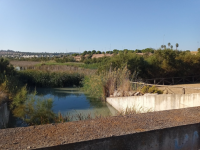When I first visited
Andalucia in the
1970s the whale-watching industry didn't exist but when I returned in the early 2000s it had become a significant touristic attraction in
Tarifa. I went on a couple of trips hoping to see a few seabirds as well as whales. As hoped, I managed to obtain some excellent views of
Cory's Shearwater and somewhat fewer (and more distant) views of
Balearic Shearwater (plus
Great Skua &
Audouin's Gull). However, piggybacking on jaunts to see cetaceans is no substitute for a focussed birding pelagic.
Happily, the ornithological tourism industry in
Cadiz province is now so well-developed and popular that pelagics are now part of the regular birding calendar. As I recall, the first few birding pelagics were organised out of
Tarifa but
Chipiona quickly became the more popular option. However, my first taste of pelagic birding here was out of
Cadiz on 17th September this year. This jaunt was organised by
Manuel Morales (
Birding Tarifa www.birdingtarifa.com/en).
As well as myself & Kent birder Barry Wright, the skipper and
Manuel, there were two local
Spanish birders, an
Australian, two
Dutch birders (one of whom had exceptional eyesight which helped greatly later on) and an ex-pat
British birder,
Ricky Owen, on the boat. Our first ornithological delight was a
Roseate Tern on the harbour wall - a
Spanish tick for me and my first
Roseate Tern for decades.
As the boat headed out into the
Golfo de Cádiz, we soon started to see
Balearic Shearwaters (our final total was c40 birds) and
European Storm-petrels (our total was also c40 birds). Despite the calm conditions, the latter were difficult to see as they skittered quickly past just above the water and, for once, I found myself regretting that I had changed from x8 binoculars to x10 as every lurch of the boat was magnified. After a handful of stormies (a
Spanish tick), another petrel hove into view which was clearly something different. There was some speculation that it was a
Leach's as it lacked
European Storm-petrel's pale bar on the underwing. I found this ID unconvincing but fortunately,
Barry had the presence of mind to get several photos of the bird which confirmed that it was a
Wilson's Storm-petrel. The clinching feature was that its toes clearly extended beyond the tail. Another
Spanish tick and my first for thirty-odd years. Another
Spanish tick and again my first for many years was a far more co-operative
Grey Phalarope Cory's Shearwater,
Arctic Skua and
Bottle-nosed Dolphins also had walk-on parts in the drama.
Fortunately, pelagic birding trips out of Cadiz & Chipiona are now firmly on the autumnal birding agenda so if you're planning a jaunt to the area in August/September check with local bird guides to see if they're running trips whilst you're in the area. (For a more detailed account & photos see my blog)
Boarding the boat with Ricky Owen (with organiser Manuel Morales in the background) | |
